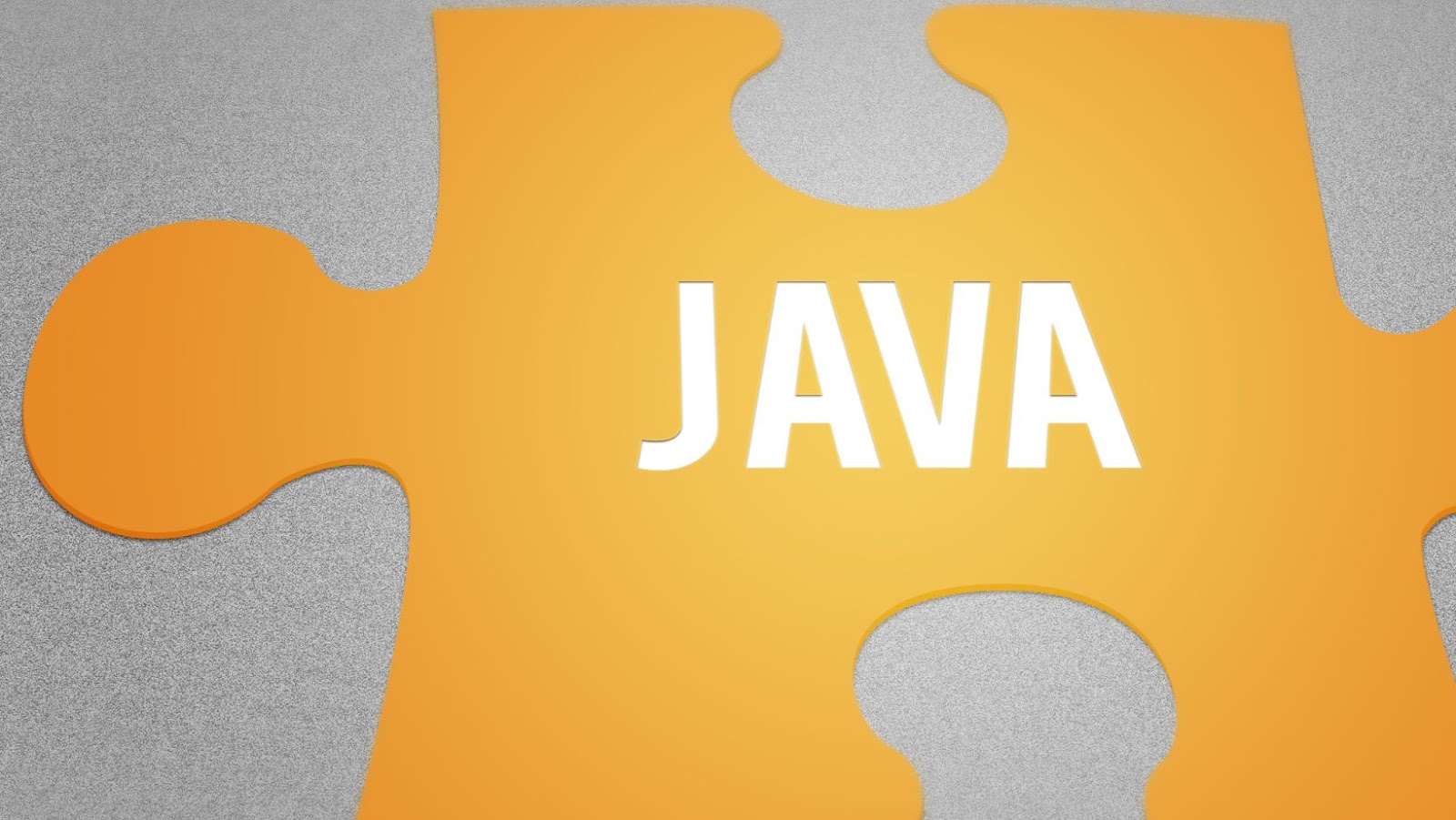
Java Burn, commonly known as JB, is the safest and most efficient controlled burning tool available to professional and amateur Java programmers alike. It creates reliable and consistent results when used properly.
This guide will explain the basics of how to use Java Burn safely and efficiently. We will discuss how to install, configure, and execute Java Burn operations using both the command line interface (CLI) and graphical user interface (GUI). We will also go over best practices for troubleshooting any issues that may arise while using Java Burn. Finally, we’ll cover suggestions on how to use Java Burn in combination with other software tools for more advanced applications.
Whether you’re a beginner or an advanced user looking for more tips on JB safety, this guide has something for everyone!
What is Java Burn?
Java Burn is a popular tool for extracting and compressing data files. It is often used to reduce the size of large files so that they can be more easily shared or stored. Java Burn provides a number of features and options, allowing users to customize their burning tasks. However, it is important to use Java Burn safely and responsibly in order to protect your computer from malicious code or accidental file damage.
The following steps should be observed before and during your use of Java Burn:
- Before you start, check the integrity of your data files by running an antivirus scan on them. A virus-infected file can cause serious damage to both your computer and other user’s computers if they are shared over the internet or passed along as an attachment.
- Ensure you are logged into an administrative account before launching Java Burn – this will minimize any permissions issues which may arise later on in the process.
- Read up on what type of formats are supported by Java Burn – some file types cannot be processed correctly when using this software, so make sure you know which ones should be avoided when creating data archives with this tool.
- Make sure that the CD or DVD discs you intend to burn contain the correct formatting for the target system – this includes choosing the ‘mode’ option in Java Burn (data/audio/video).
- Test all burned media before it is used – while most modern optical drives have built-in verification systems, sometimes these can fail due to low quality media or aging hardware. Manually testing burnt discs will reduce any potential problems caused by faulty discs at a later date.
- Perform regular maintenance checks on all optical drives used for burning with Java Burn – frequent cleaning with a soft cotton cloth, periodic replacements of old drive belts/lens systems/heads etc can extend their lifespan significantly as well as reducing errors whilst burning disks or reading from them later on down-the line.

Java burn how to use
Java Burn is a popular program for burning data onto CDs, DVDs, and Blu-rays. It is easy to use and offers great features for users. However, using it improperly can cause some serious damage to your data and equipment.
In this article, we will discuss how to use Java Burn safely, so you can avoid any potential problems.
Install Java Burn
Installing Java Burn is simple and straightforward; just download the software. The current version is available on Java’s official website and the program will download directly to your computer in a couple of minutes. After running the setup process, you will be able to launch the application immediately.
The user interface for Java Burn is straightforward and intuitive. When you open up the program you can choose from four options: create image, create disc, mount disc image, or burn disc image. Depending on what action you want to perform, select an option and press “Start” to initiate it.
When creating an image or burning a disk with Java Burn, it’s important to adjust the write speed that you use as this can determine how well your disk is burned. The lower speeds are typically slower but more reliable while higher speeds are usually faster but may not properly burn your discs. It’s recommended to test various speeds until you find one which provides optimal results when burning your discs with Java Burn:
- Low speeds
- Medium speeds
- High speeds
Read the Safety Instructions
When using a Java Burn (an open flame for culinary purposes such as to burn sugar onto food) there are certain safety precautions that must be taken to prevent injury. To ensure proper usage, read the safety instructions carefully before lighting the Java Burn. Follow all warnings specific to the unit being used.
Check the assembly of your Java Burn and all its parts: tubing, regulator, air shutters, and fuel input valves should all be in place and functioning properly. Make sure the tank is attached firmly before operating. Also, check the vent holes in the top of your tank; these should be clear of debris or other blockages.
Before lighting your Java Burn always make sure that you are in a well-ventilated area and away from any flammable materials or vapors. Also wear appropriate protective gear such as gloves and face masks while operating your Java Burn to protect against contact with burns or fumes.
Lastly, never leave an open flame unattended when using your Java Burn – extinguish it immediately after use by closing off any fuel input valves and turning off any supply tanks before shutting down your unit completely.
Understand the Different Types of Burns
When it comes to working with Java Burn, it’s important to understand the different types of burns that can occur. A burn can be classified as either a flash burn or a contact burn.
- Flash burn will occur if there is an open flame, a spark, or an extreme heat source in close proximity to the skin. This type of minor burn usually never requires medical attention, but must be treated with care and caution.
- Contact burn occurs when someone’s skin comes into direct contact with a very hot object, such as metal tools used for welding or cutting metals. Contact burns are much more serious than flash burns and can result in the need for professional medical treatment.
Knowing the differences between flash and contact burns will help you take the necessary steps to prevent them while using Java Burn, or any other type of welding application. To minimize your risk, always use protective clothing and proper ventilation while welding metals – this includes full-length pants and shoes (no open-toed shoes), long sleeved shirts/jackets, heavy leather gloves and face shield/goggles for eye protection. Make sure that all materials near the welding area are properly insulated from sparks – this includes any clothing that may come into contact with sparks from open flames during the process. Additionally, if you are working in confined spaces, make sure there is adequate ventilation so that oxygen levels remain at normal levels – this allows fire safety systems to function correctly in case of an incident.

Follow the Safety Guidelines
When using Java Burn powder for any purpose, always follow the safety guidelines. Keep your powder away from direct heat sources or high temperatures and use protective gloves when handling. Wear protective clothing such as a long-sleeve shirt and pants to minimize exposure to the burning powder, and avoid spillage onto your skin.
In addition to protecting yourself from getting burned, be mindful of your surroundings. Clean up any spills immediately and refrain from handling hot items or material that could ignite nearby substances.
When lighting Java Burn safely, you should use fire starting tools such as a lighter or match to help control the flame’s intensity and reduce the risk of an unexpected flame burst. Be sure to light it in an open area away from combustible materials like paper or cardboard, which can become hazardous if ignited by Java Burn’s flame. Additionally, make sure that any water sources near where you are lighting the powder are covered so they do not become a hazard if hot embers are blown into them by wind or turbulence during application.
Once lit, monitor burning Java Burn carefully until it is completely extinguished to avoid potential hazards caused by an uncontrolled fire spreading throughout your area.
To extinguish Java burn after use, smother it with dirt or sand while it is still burning and then disperse sand over any remaining visible charcoal thereafter – never leave it uncovered around flammable materials as smoldering coals can remain for hours without visible flames present.
Use the Appropriate Clothing and Accessories
When you work with Java Burn, it is important to properly protect yourself. It is extremely hot and can cause serious burns if used without wearing protective gear. To safely use Java Burn, you must wear the right clothing and accessories, including fireproof clothing, flame-resistant gloves and a respirator.
- Fireproof Clothing – When using Java Burn, always wear fireproof clothing such as an apron or full body suit made from non-flammable material such as Kevlar or Nomex fabric. Choose a suit with long sleeves and ankles for added protection. Avoid wearing loose fitting clothes – if the material catches fire it could be too big to put out easily.
- Flame-Resistant Gloves – Make sure you are wearing appropriate protective gloves when working with Java Burn. Flame-resistant gloves provide an extra barrier of protection against heat and flames, which can cause serious burns or scalds if coming into contact with skin.
- Respirator – A respirator should also be worn while using Java Burn to protect your lungs from harmful fumes generated by the process of burning metal. The most effective type of respirator is a powered air-purifying respirator (PAPR). This type provides filtered air through a durable blower unit and hose assembly connected to a breathing mask that fits securely over your nose and mouth area. It also filters particles in the air that could cause damage if inhaled over time.
Use the Appropriate Technique
To use Java Burn safely, begin by selecting an area with a level surface to place your fuel and firewood. Ensure that the area is clear of flammable material for at least 10 feet in all directions, and make sure to keep long hair and loose clothing away from any flames. Preparing dry logs that are approximately the same size and ensuring there is an adequate length of burn time will make it easy to manage the fire. If you are using a fire pit, fill it with several inches of gravel or lava rocks to provide proper air circulation.
When you’re ready to start the fire, being careful not to use more than 1 gallon of Java Burn fuel on each pile of wood. Then, stand back at least 6 feet when igniting the flame with either a match or cigarette lighter. Make sure to light only the fuel; never attempt to light logs directly as it will cause too much smoke and burning embers. When attempting larger flames or hot coals needed for cooking use quick lighting charcoal so that you can maintain proper control over your fire with minimal effort.
Java Burn fire starters are perfect for producing consistent pots of hot coffee or other beverages without needing an outdoor kitchen setup like grills or smokers do. With this method, you can instantly enjoy a warm beverage without hassle, plus you don’t need any special tools either. Take precautions when using Java Burn fires starters by keeping children supervised at all times and enforcing safety guidelines for yourself and others around your campfire area.
Conclusion
In conclusion, Java Burn can be a very effective and safe way to clean your pot and pans. However, it is important to use it correctly. Follow the instructions above and make sure you prevent vapor inhalation by wearing suitable protection, ventilating well, and keeping children away from the vicinity where it is in use.
Furthermore, remember to store Java Burn in a cool dry place away from heat sources or flames. This could cause some dangerous reactions if not stored properly.
Finally, be mindful of the chemicals that are used in Java Burn – some contain toxic compounds such as propan-2-ol ethanoate or methanoic acid – so please dispose of any unused or contaminated materials at a proper recycling facility. When using Java Burn with care, you can be confident that you are using a simple product safely while still delivering effective results.

More Stories
Bitcoin: The Revolutionizing Force in Gaming and Technology
Tech of Tomorrow: How Emerging Innovations Are Shaping the World?
Are VR headsets actually worth purchasing?